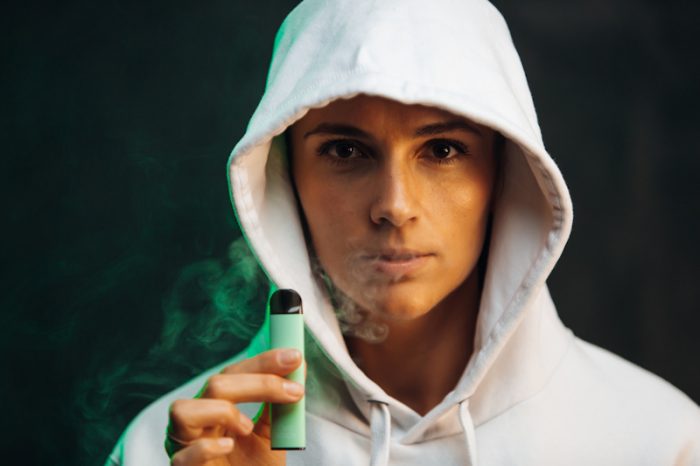Fab News About Teen Vaping
Those who oppose vaping frequently do so while claiming that vapes are targeted at teens through the use of bright colours, child-friendly packaging, childish flavours and infantile branding. All of those points are strongly refuted by experts, but even if they were true then the latest research from the University of Queensland proves they are failing to have an impact.
 The new study published in the scientific journal Addiction has found that approximately 8.6% of adolescents reported using e-cigarettes (vaping) in the past 30 days. The number drops even further for regular vapers – being limited to only 1.7%.
The new study published in the scientific journal Addiction has found that approximately 8.6% of adolescents reported using e-cigarettes (vaping) in the past 30 days. The number drops even further for regular vapers – being limited to only 1.7%.
They say: “This suggests most adolescents who vape are experimenting but not making it a habit.”
The Australian research team aimed to quantify how many adolescents around the world are using electronic cigarettes. In total, they looked at 151,960 adolescents in 47 countries who had responded to the World Health Organisation’s Global Youth Tobacco Survey.
Lead author Dr Gary Chan said: “There are two likely explanations for the low levels of frequent vaping among young people. First, e-cigarettes are relatively new and are often sold in colourful packages with highly palatable flavours that could appeal to adolescents, thus leading to experimentation but not continued use. Second, while some e-cigarettes contain high levels of nicotine, adolescents can also vape non-nicotine or low nicotine e-cigarettes and avoid becoming addicted. Future World Health Organisation surveys should ask participants to disclose whether nicotine is in the vaping liquids they use.”
The researchers also looked to see if there was an association between the implementation of World Health Organisation tobacco control policies and the incidence of teen vaping.
The World Health Organisation introduced its MPOWER policy package in 2008. This Michael Bloomberg-funded approach involves six policies to reduce tobacco use: monitoring, smoke-free environments, cessation programs, health warnings, advertising bans, and taxation. Notably, it strongly discourages the use of electronic cigarette products as tobacco harm reduction tools.
The team say: “Implementation of these policies has reduced tobacco use; however, it is unclear if these policies have had any impact on youth uptake of e-cigarettes.”
Looking at the data from the forty-four countries which have collected implementation data, the researchers found “inconclusive evidence that implementation of five of the MPOWER policies was associated with lower adolescent vaping”.
They continued: “Implementation of the sixth policy – higher taxes on tobacco products – was curiously associated with more adolescent vaping. This suggests that some adolescents in countries with a higher tobacco tax may be substituting cigarettes with e-cigarettes.”
So, the study appears to reaffirm the annual Action on Smoking and Health results in the United Kingdom: British adolescents who use e-cig products are almost all current or ex-tobacco users who are reducing their harm exposure or utilising vapes to quit smoking.
With more evidence that teen use is declining around the world, now is a perfect opportunity for the World Health Organisation to throw its weight behind the adult use of ecigs to quit smoking – just as all of the British public health bodies have done.

Comments are closed here.